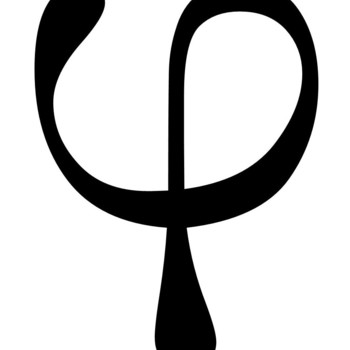Question #1fd4c
2 Answers
The molecular formula is
Explanation:
Since the formula mass of
Hence, the molecular formula is
The molecular formula is
Explanation:
We have
To solve for
Another formula for moles is
Rearranging to solve for
We have
We must calculate the molar mass of the empirical formula:
We see a
Therefore, the molecular formula is


